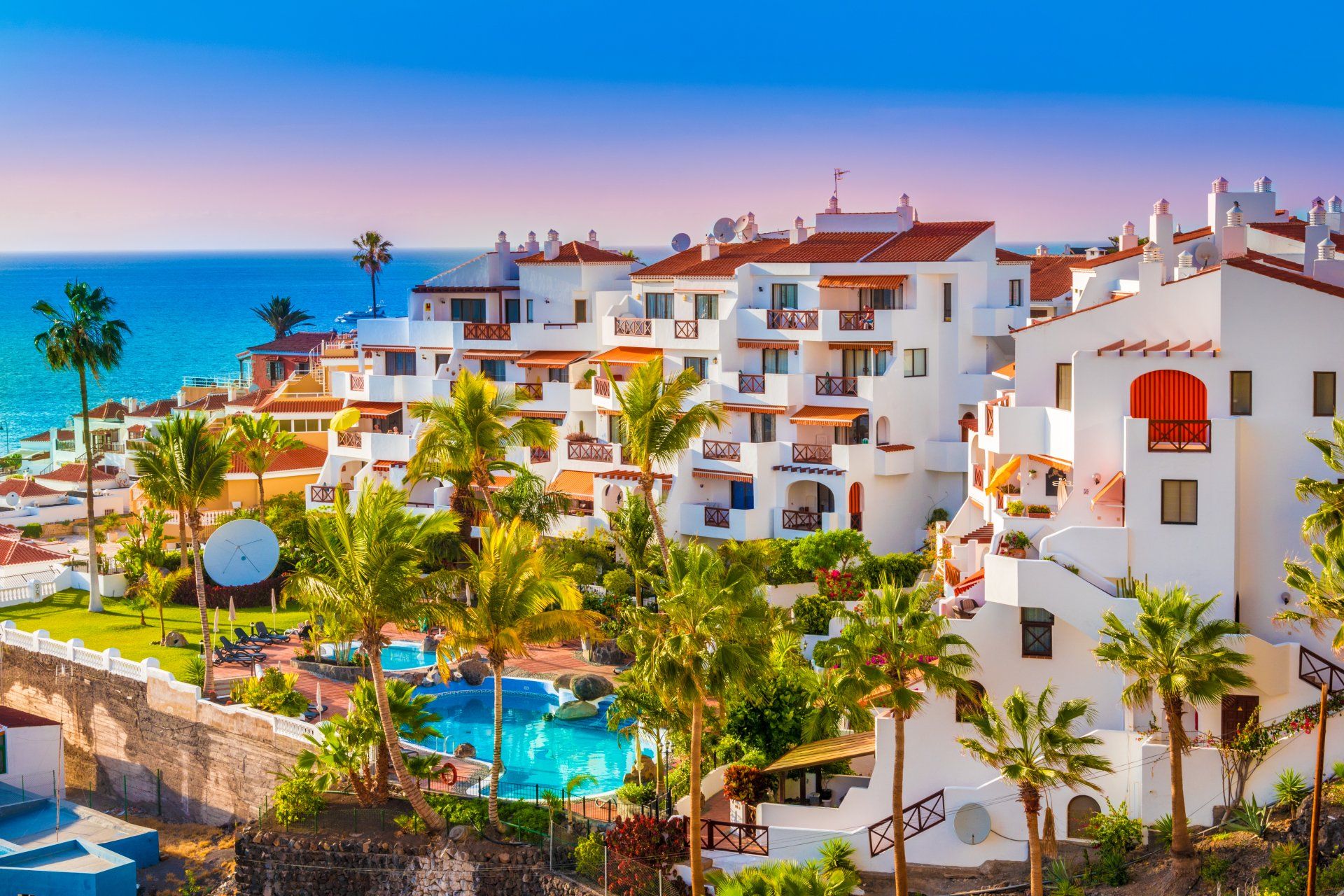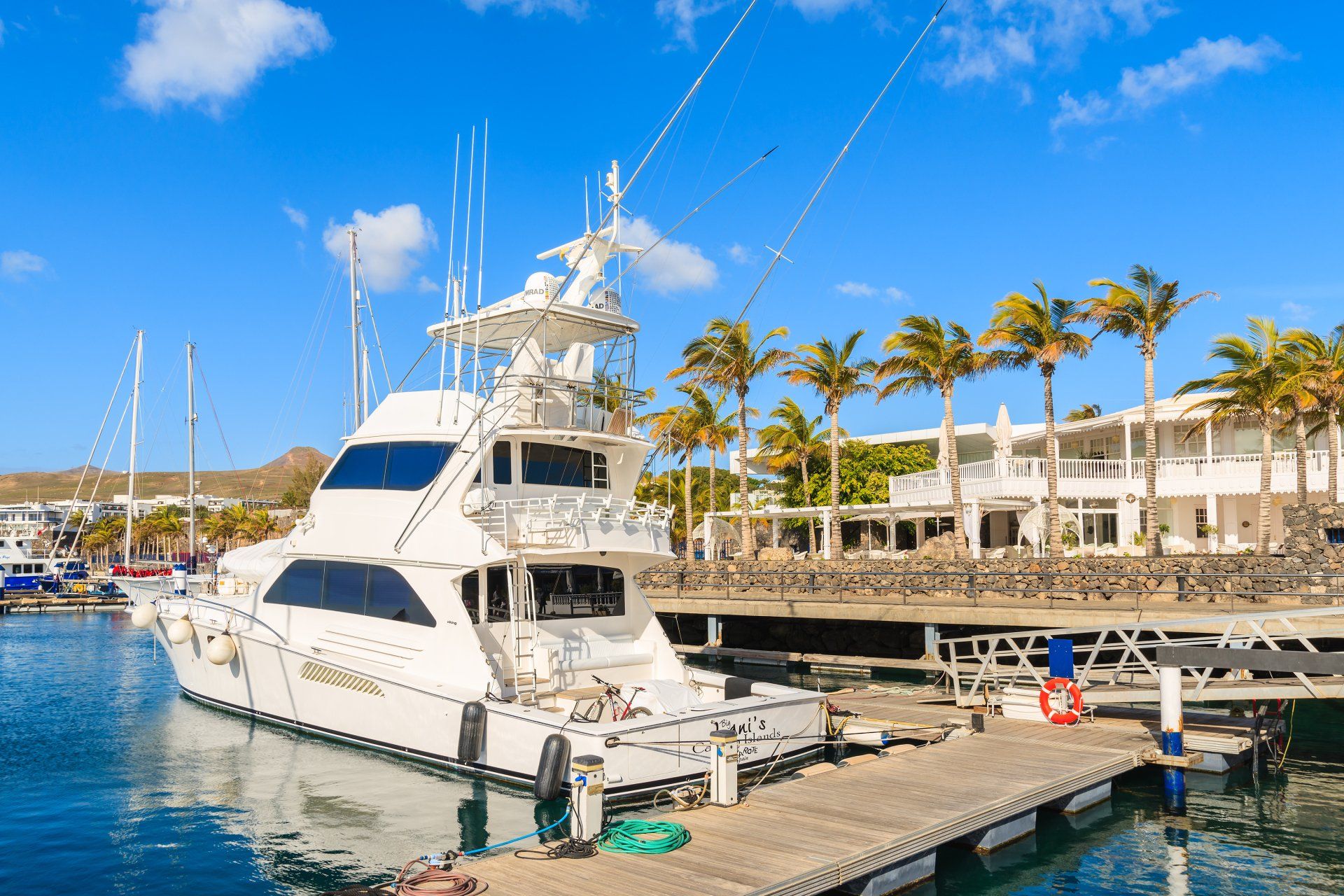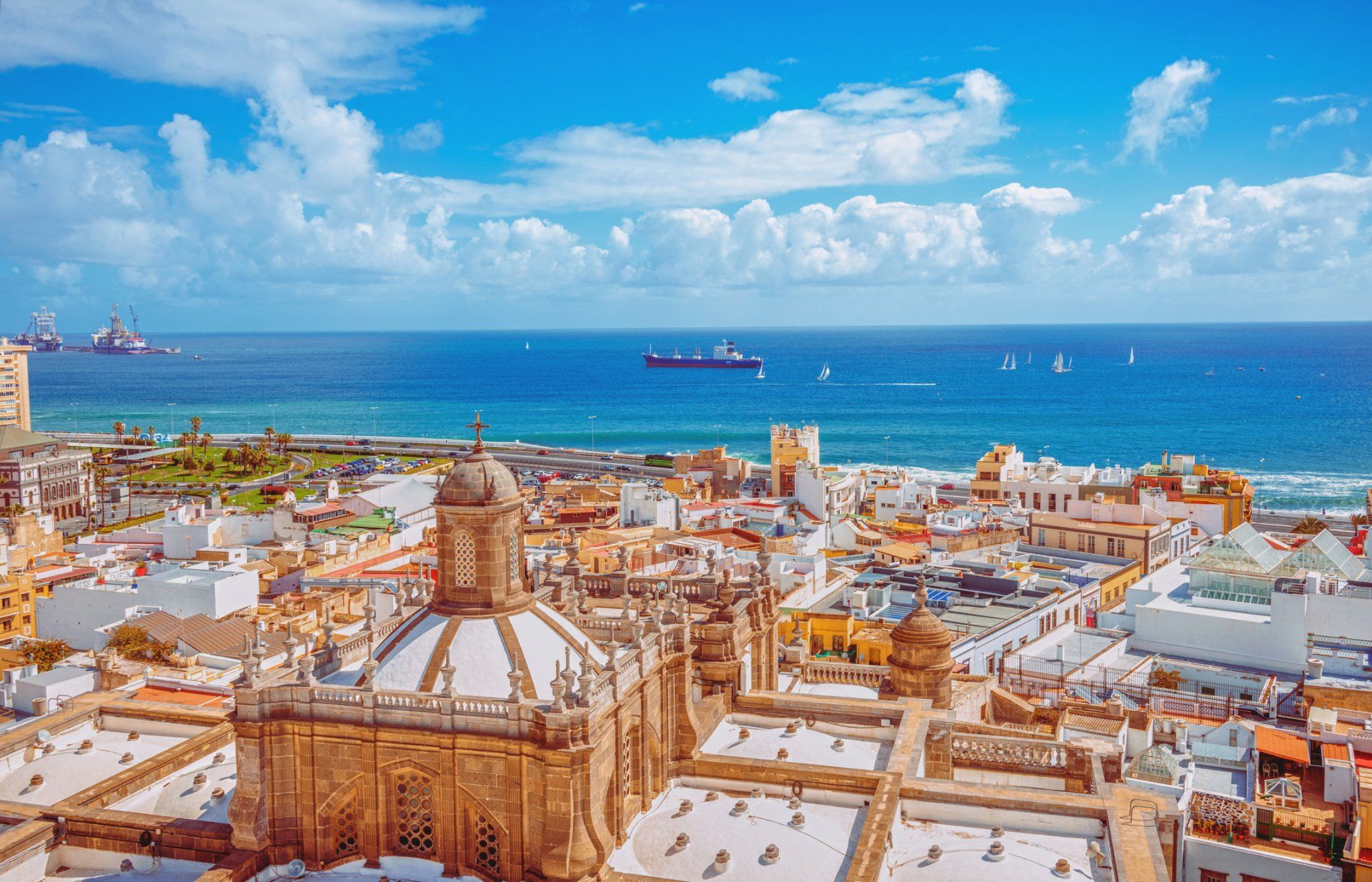We have some interesting and fun facts about the Canary Islands you might not know.
- Roque Nublo: It used to be a fabulous phallic shaped rock, a holy monument, the place to make sacrifices to the sun god. Now Roque Nublo (or Cloud Rock) is the iconic site of the island of Gran Canaria. It stands proud to an impressive 1,813m (5,948 ft) above sea level, making it one of the largest free-standing rocks in the world.
- The warm waters surrounding the Canary Islands attract lots of different marine wildlife, including many whales and dolphins that live there permanently, so you're pretty much guaranteed to spot some!
- Nelson lost his arm here. It was at the battle for Santa Cruz in Tenerife where Nelson lost his arm in 1797. He also lost 400 men in the battle, unsurprisingly he lost the battle.









